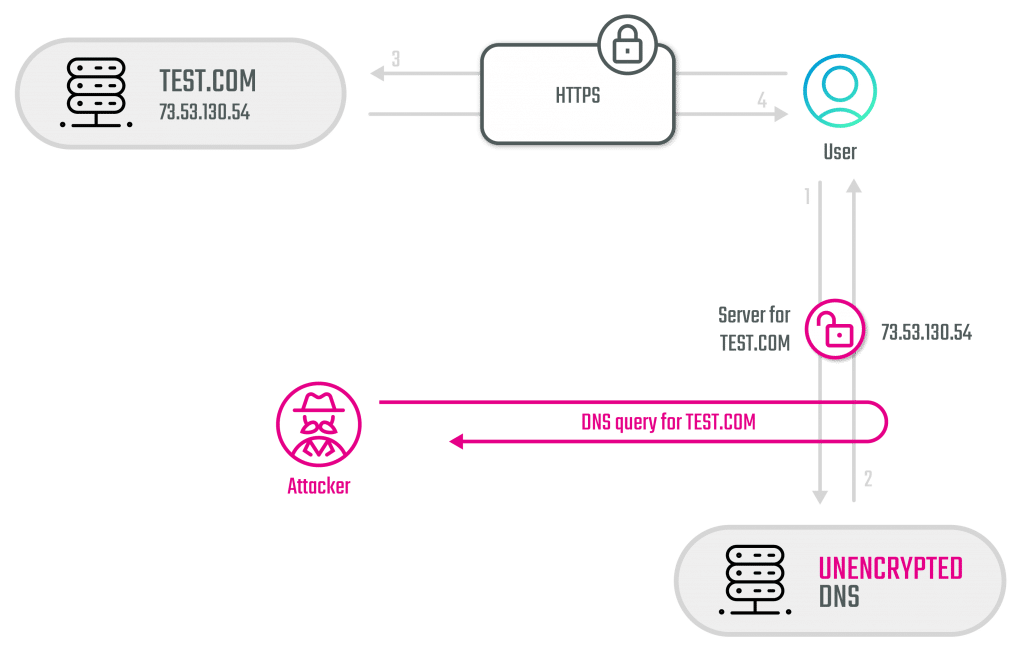

Troubleshooting DNS with command-line toolsĭig (on Mac OS X and Linux) and nslookup (on Microsoft Windows) are the primary command-line tools for troubleshooting DNS issues. If the domain has an A record configured, dig displays the domain name and its associated IP address. The page displays the results from dig, as well as the actual dig command used.

You can use the default name server, or select a specific DNS server, like OpenDNS or Google. Under Nameservers, select the server that you want to use for the DNS query.

Under Options, select the Show command check box. For more information about the various DNS record types, please visit. You can test many different types of DNS records, such as MX and CNAME. In the Hostnames or IP addresses text box, type the domain that you want to test. For example, to view the A record for a domain (and determine the IP address associated with the domain), follow these steps: The site displays a global map showing the IP address associated with the domain name for a variety of DNS servers around the world.įor more in-depth DNS testing, you can use the online dig interface at. There are many web sites that provide these services for free.įor example, to test if DNS propagation is complete, you can visit and specify a domain name. If you have never worked at the command line before, web-based networking tools provide an easy way to start troubleshooting DNS. Troubleshooting DNS with command-line tools. Troubleshooting DNS with web-based tools.







 0 kommentar(er)
0 kommentar(er)
